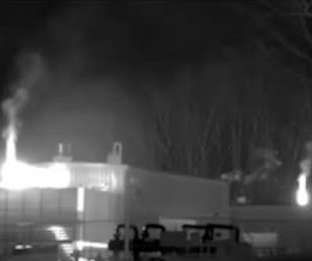Nearly Half of US Breathes Unhealthy Levels of Pollution—Cars and Trucks Largely to Blame
Union of Concerned Scientists
MAY 21, 2025
Reducing emissions from transportation is critical for the climate and for air quality The role of transportation is a significant part of this ongoing work because that sector is the largest emitter of global warming emissions in the country, having surpassed the power sector in 2017. These emissions, which in 2022 were 37.4 Secondary PM 2.5











Let's personalize your content